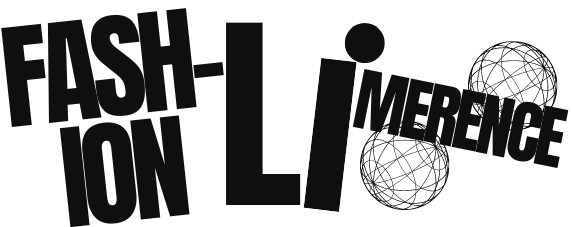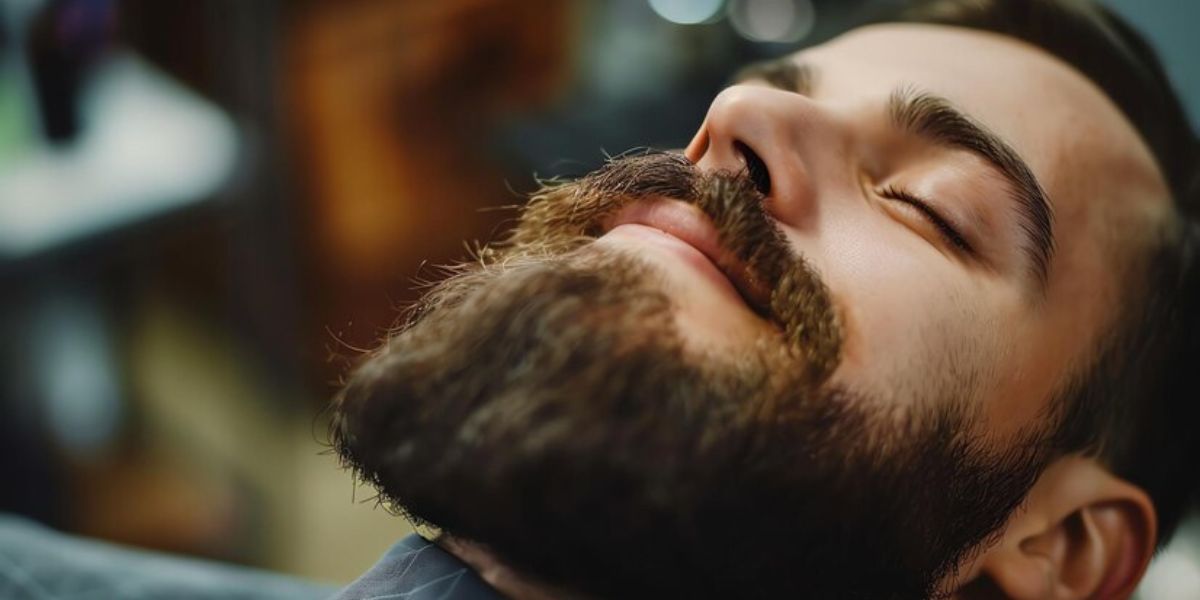So, you’ve taken the plunge and grown yourself a beard. But instead of the thick look you were aiming for, you’re faced with a thin, patchy beard that leaves you feeling less than satisfied. Don’t worry, you’re not alone in this beard journey! Let’s delve into why some men end up with thin beards and how you can transform yours into a statement of masculinity.
Understanding the Causes
Genetics: The Beard Blueprint
First things first, your beard’s thickness largely boils down to genetics. Some guys hit the genetic jackpot with dense, robust beards, while others inherit thinner, sparser follicles. It’s crucial to embrace what you have without feeling inadequate. Even a thin beard can be shaped into a distinguished look with the right care and grooming.
Time: Patience is Key
Beard growth takes time and varies from person to person. s If your beard look patchy initially, give it time to flourish. Around four to eight weeks into Beard growth you might notice significant improvements as the hairs lengthen and fill in sparse areas. Age also plays a role; younger men often experience patchier growth that improves with maturity.
Grooming and Care: Nurturing Your Beard

Effective grooming can make a world of difference for a thin beard. Adopting a consistent grooming routine early on can enhance thickness and overall appearance. Using quality beard products like beard washes, moisturizers, and oils enriched with natural ingredients nourishes both your skin and hair follicles, reducing dryness and itchiness.
Initial Steps to Enhance Your Thin Beard
Embrace the Growth Phase
The initial stages of beard growth can be challenging, especially with the dreaded beard itch. However, pushing through this phase is essential. As your beard surpasses the four-week mark, hairs start to connect, filling in gaps and creating a fuller appearance. Many men with thick beards started from a similar thin beginning.
Start with Proper Care
Begin your beard care routine early to encourage healthy growth. Avoid using harsh soaps or face washes that strip away natural oils. Opt instead for specialized beard products that cleanse gently and provide essential moisture. Applying beard oil daily helps to hydrate the skin, soften the hair, and prevent itchiness and split ends.
Brushing for Better Growth
Incorporate a boar bristle beard brush into your routine to exfoliate the skin, distribute natural oils, and train your beard to grow in a uniform direction. Regular brushing not only improves the beard’s appearance but also stimulates blood flow to the follicles, promoting healthier and thicker growth over time.
Moisturize Your Skin
Healthy skin forms the foundation for a healthy beard. Use a dedicated beard moisturizer to prevent dryness and irritation, ensuring both your skin and beard remain nourished. Well-moisturized skin encourages robust hair growth and reduces the risk of brittle, thinning hair.
Lifestyle Adjustments
Beyond grooming products, consider lifestyle factors that impact beard growth. Regular exercise boosts testosterone levels, crucial for healthy facial hair growth. Managing stress levels and prioritizing quality sleep also play vital roles in maintaining hormonal balance and overall well-being, which reflects in your beard’s health.
Nutrition Matters
A balanced diet rich in proteins, vitamins, and minerals supports hair growth from within. Opt for whole foods over processed options to provide essential nutrients that contribute to stronger, thicker beard growth. A nutritious diet not only benefits your beard but also enhances your overall health and well-being.
Strategies for Thicker Beard Growth

Patience Pays Off
Continued patience is key as your beard matures. Beyond the initial growth phase, consistent care and maintenance will further enhance its thickness and appearance. Resist the urge to trim too early; allow your beard to achieve its full potential before shaping it.
Maintain a Grooming Routine
Regular trimming and shaping help manage patchy areas and accentuate the beard’s strengths. Consider consulting a professional barber for expert advice on shaping your beard to complement your facial features. Well-maintained edges and contours give the illusion of a fuller, more structured beard.
Experiment with Styles
Explore beard styles that work well with your beard’s current density. Styles like the goatee, anchor beard, or chin strap can strategically highlight thicker areas while minimizing patchiness. Finding the right style can significantly enhance your beard’s overall appearance and boost your confidence.
Avoid Common Myths
Dispelling myths about shaving promoting faster and thicker beard growth is essential. Contrary to popular belief, shaving does not alter the rate or thickness of hair growth. Embrace your beard’s natural growth pattern and allow it to develop without interference for optimal results.
Lasting Solutions and Lifestyle Adjustments
Optimize Your Health
Maintaining overall health directly impacts beard growth. Incorporate regular exercise into your routine to boost testosterone levels naturally. Adequate sleep and stress management further support hormonal balance, promoting healthier skin and stronger hair follicles.
Monitor Your Diet
A nutrient-rich diet fuels beard growth from the inside out. Prioritize foods rich in vitamins, minerals, and proteins to support hair health. Consider supplements if your diet lacks essential nutrients crucial for optimal beard growth and overall well-being.
Hydration and Moisture
Consistent hydration is crucial for both skin and beard health. Use a quality beard moisturizer to prevent dryness and irritation, ensuring your beard remains soft and manageable. Hydrated skin fosters robust hair growth and reduces the risk of beard itch and dandruff.
Conclusion
In conclusion, a thin beard is not a limitation but an opportunity to cultivate a unique style that suits you. By understanding the factors influencing your beard’s thickness and adopting a tailored grooming routine, you can transform your thin beard into a symbol of confidence and masculinity. Embrace the growth process, experiment with different styles, and prioritize overall health to achieve a thicker, healthier beard.
FAQs
Q: Can shaving make a thin beard thicker?
A: No, shaving does not alter the rate or thickness of beard growth. It’s a common misconception that shaving stimulates thicker hair growth.
Q: How long should I wait before trimming my thin beard?
A: It’s recommended to allow your beard to grow for at least four to eight weeks before considering trimming. This period allows the beard to fill in any patchy areas naturally.
Q: Are beard oils and moisturizers necessary for thin beards?
A: Yes, using beard oils and moisturizers is essential for maintaining a healthy beard. They help nourish the skin and hair follicles, preventing dryness and promoting thicker hair growth.
Q: Can lifestyle changes improve thin beard growth?
A: Yes, adopting a healthy lifestyle that includes regular exercise, adequate sleep, stress management, and a balanced diet can positively impact beard growth by supporting overall health and hormonal balance.
Q: Should I consult a barber for trimming and shaping my thin beard?
A: Consulting a professional barber can provide valuable guidance on shaping your beard to enhance its appearance. They can recommend styles that complement your facial features and manage patchy areas effectively.

